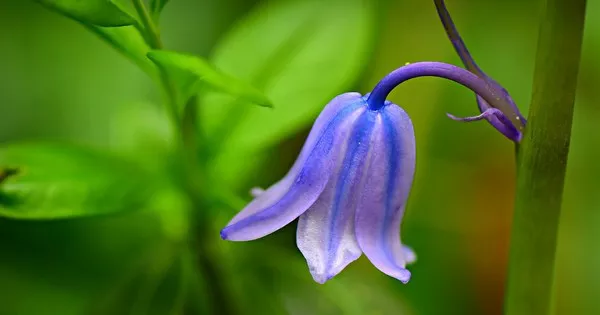In response to the ecological challenges and environmental changes faced in the eastern Himalayas, artists and botanical illustrators are undertaking a crucial mission to preserve the region’s delicate floral beauty through their creative expressions.
One of these artists, Hemlata Pradhan, has been dedicating her life to capturing the beauty of eastern Himalayan flora through her paintings. Her works have been showcased globally, promoting awareness of the region’s botanical treasures.
The eastern Himalayas, a part of the ‘Himalayan Biodiversity Hotspot,’ are home to remarkable biodiversity. However, climate change and rapid infrastructure development pose threats to this delicate ecosystem.
Pradhan founded the Himalayan Trust for Natural History Art in 2011, where she educates rural children, particularly girls from marginalized backgrounds, about art and the natural world.
MC Rai, an 82-year-old resident of the Singalila Ridge in the eastern Himalayas, emphasizes the importance of preserving mountain blooms like orchids and rhododendrons. These flowers hold cultural and religious significance for the Indigenous communities in the region.
Similarly, Neera Joshi, a botanical illustrator in Nepal, uses watercolors to bring Himalayan flowers to life on canvas. She believes that visual communication plays a vital role in conservation, as botanical illustrations can raise awareness about plant diversity and inspire appreciation for their role in ecosystems.
Jari Laukka, a Finnish botanical illustrator, has been studying under Joshi’s guidance and is preparing an exhibition of his botanical paintings.
While digital photography offers an efficient means of preserving plant details, botanical illustration excels at capturing intricate details and omitting any deformations or cluttered backgrounds, offering a more intimate and accurate depiction of plants.
The artists’ collective efforts aim to promote conservation and preserve the eastern Himalayas’ unique floral diversity for future generations.


